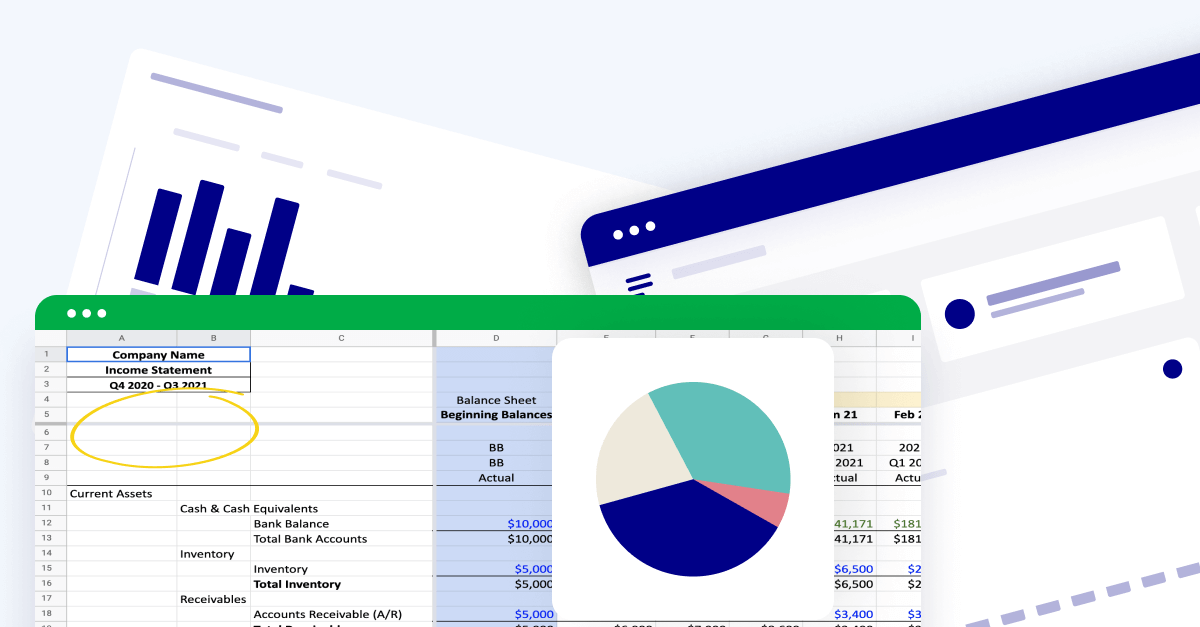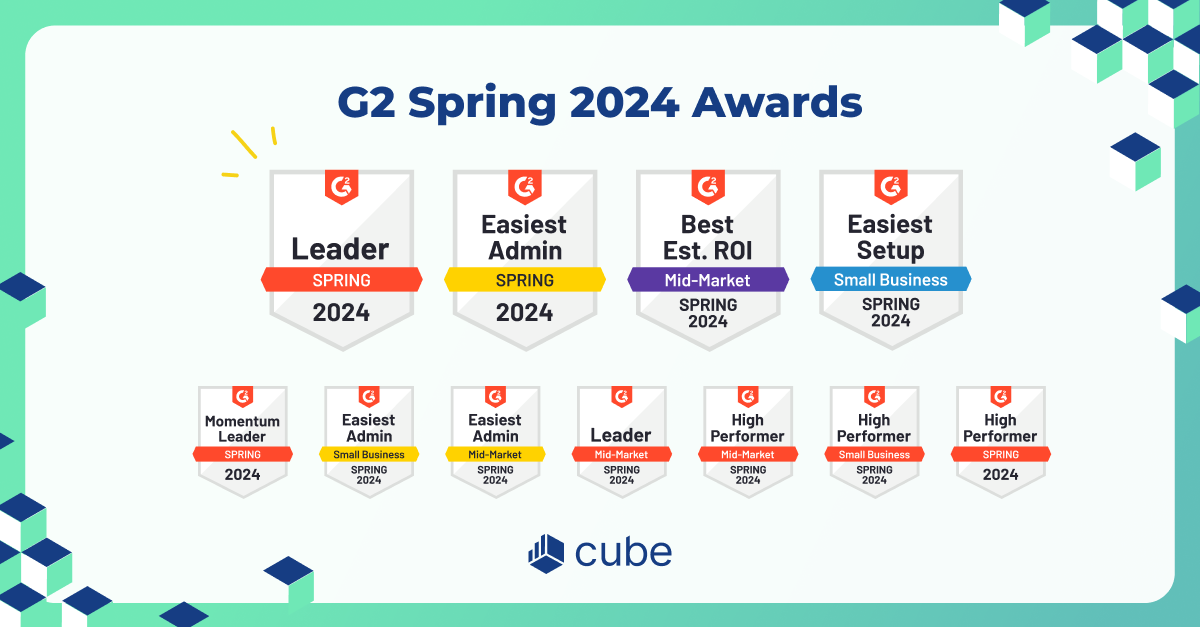1. Have empathy
Not all business partners come with the same level of understanding of data and financials. Perhaps prior roles did not require them to have a clear understanding or they weren’t empowered to understand their impact on the financials.
Being thrown into a slew of numbers can be daunting in these instances. Their hesitation to sit through a financial conversation may be less about their indifference toward results and more about not having developed the same level of financial intelligence in their career thus far.
When presenting financial data, understand some may have never had to attend a finance or accounting course, or it’s been years since they have; they’re not likely to understand what the finance partner is talking about.
Flexing some emotional intelligence for non-financial team members can go a long way. It can help ease the tension experienced during meetings and conversations.
Plus, it can help finance leaders and finance teams create a strategy for overcoming these obstacles using the following tips.
2. Tell a story
For finance professionals, sharing numbers on a page with all your backup files might be the fastest way to present data but not the best way to engage an audience who needs to use that information to stay informed and make decisions.
Narration and storytelling are among the oldest and most effective ways to share financial planning strategies.
Consider using slides or memos to summarize the key points in clear tables, grids, visuals, and text to convey a story.
One best practice is using fewer words to communicate as many key takeaways as possible.
Example:
“Sales from our new product launch are up from $900K last quarter to $1.2M this quarter (33%), which is ahead of plan by 15%”
Instead becomes:
“Quarterly new Product revenue trending 15% above plan, up $300K (33%)”
In roughly 10 words, we just communicated the what (new product revenue), when (quarter over quarter), the “so what” (it’s up above plan), without extraneous words and fillers.
The major takeaways in for narration should always include how performance compares to a plan, and what they should walk away understanding:
- Are we on track?
- If not, why?
- What should we do about it?
- What should I be happy or concerned about here?
3. Adjust to the audience
People teams, sales teams, and product teams have different goals and track different metrics. Partners need specific information from your company. Executives and board members need access to big picture trends and dive into nitty gritty details. Each of these audiences care about different things. It wouldn't make sense to address them all in the same way!
Consider the audience in advance of crafting the format of the presentation. Building relationships across a company is all about tailoring your message to what they actually care about.
Summarizing information in a clear and understandable way works for everyone, but the level of detail on the backup to the number can vary with the sophistication of the audience.
One can always prepare for both by presenting summary information but having an appendix or backup for additional detail.
4. Keep it relevant
Everyone at the presentation is there to understand what targets they met or missed and what to do going forward to develop the business.
Keep the data as relevant to the people in the meeting as possible by relating the data back to their business segments and performance when possible.
This helps keep their interest and allows them to focus on the takeaways they can bring back to their team. Keeping things relevant is a key factor in making real, strategic decisions.
5. Less is more
Though the finance team likely spent hours or days compiling the data being presented, some business leaders may not be able to handle the level of detail that finance teams are accustomed to working with.
Keep business presentations concise but plan to back up the data if asked.
Some people may want to understand all the information that went into the results.
Make sure to keep the details on hand and be able to explain them effectively if questions come up.
6. Use visuals
We've all heard it a million times: A picture is worth a thousand words.
If that's true, then visuals used to present financial data to non-finance experts is worth a thousand bucks (or more!)
Instead of getting distracted by complex finance models, jargon, or acronyms, visuals are a great way to stay high-level and ensure everyone involved is speaking the same language.
Use charts and graphs to communicate data, create a system to show progress (we've seen a simple red, yellow, green system work well), and use dashboards to collaborate with stakeholders from across the company. Psst! We have a whole blog on building decks as a CFO with tons more practical tips like these.
FP&A tools like Cube make this especially easy by surfacing insights with built-in dashboards. Reporting and analytics across teams is way easier when using intuitive software friendly designed for finance and non-finance folks alike. This will accelerate the decision making process ten fold.
The final takeaway: build confidence
The best way to explain financials to non-financial executives is to build their confidence in understanding financial data if it is not an area of strength for them.
Consider rolling out a Finance 101 series to the company to educate on the basics of understanding one’s budgets as well as how to read financial statements. These small acts can create trust between teams and help everyone become more invested in financials and expedite business decisions.
Approach everyone with empathy and create an environment of learning as a team.



.png)







![The 4 financial statements CFOs need to know [2024]](https://www.cubesoftware.com/hubfs/4-financial-statements%20%281%29.webp)
